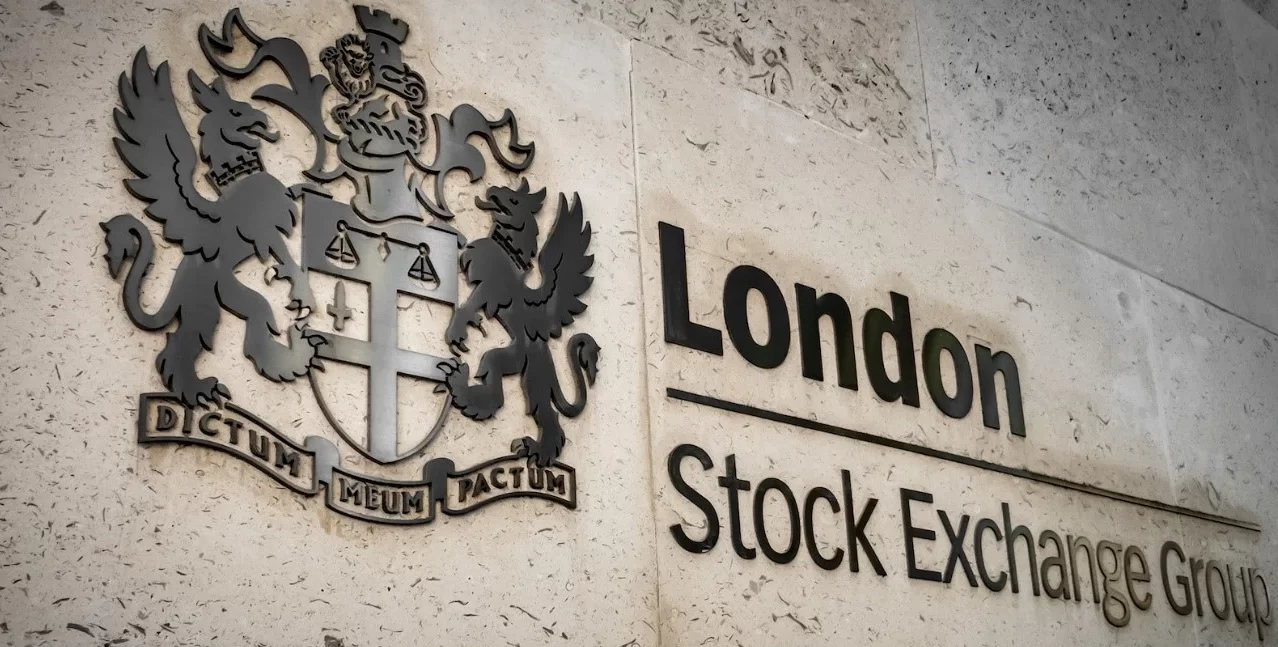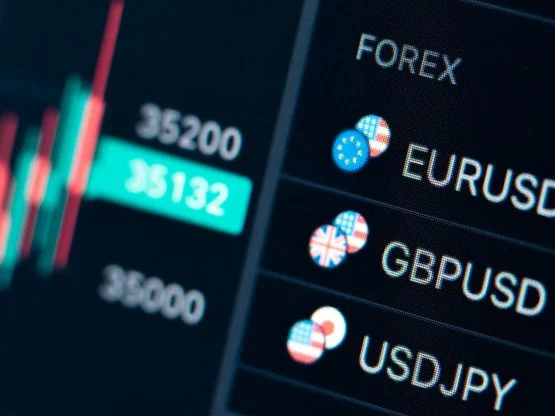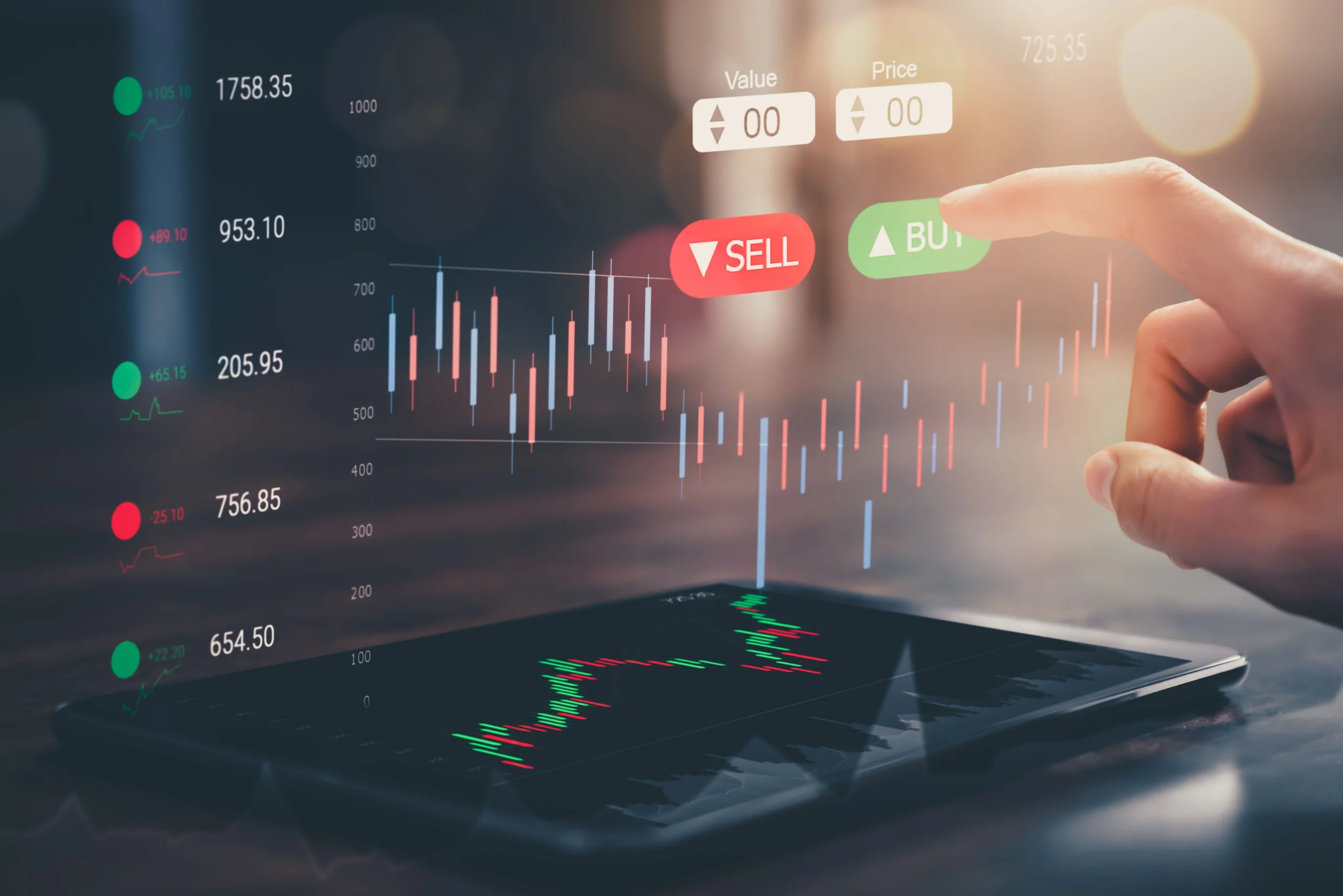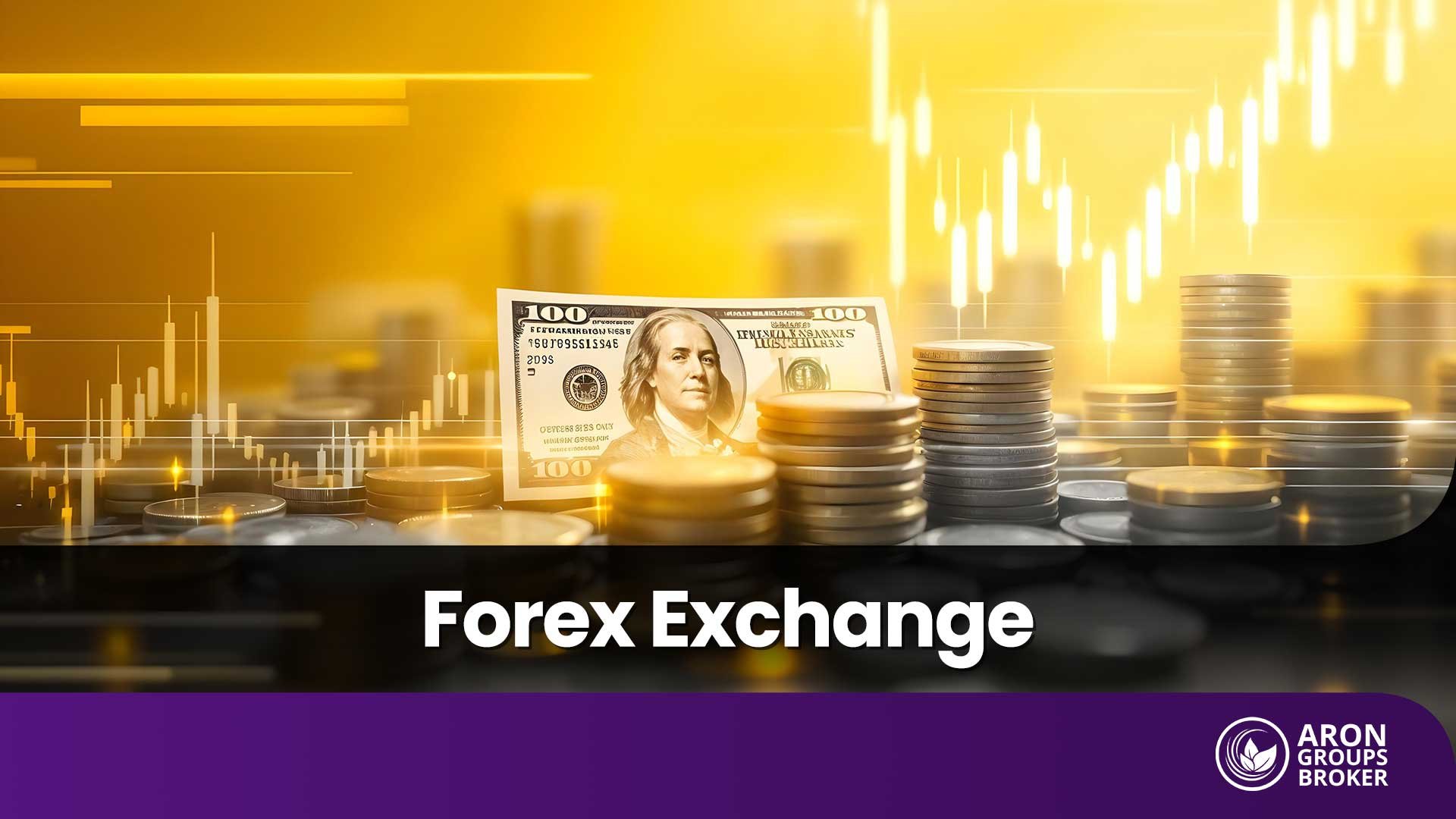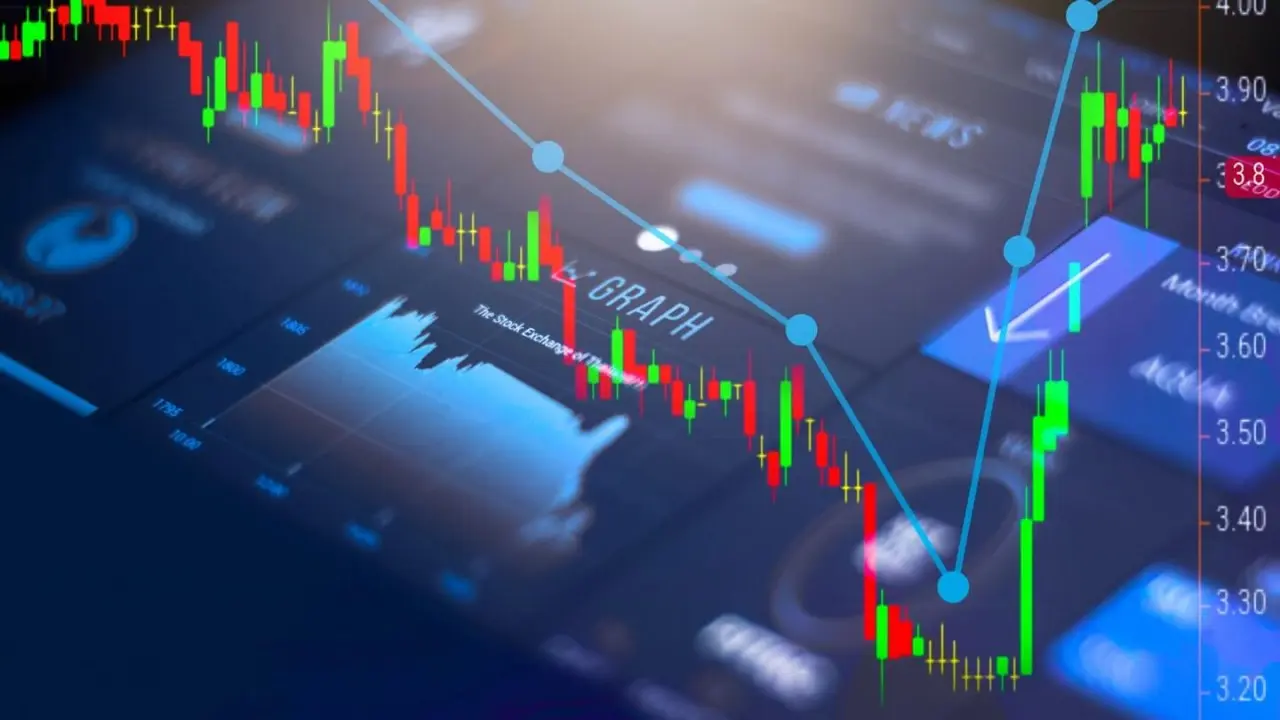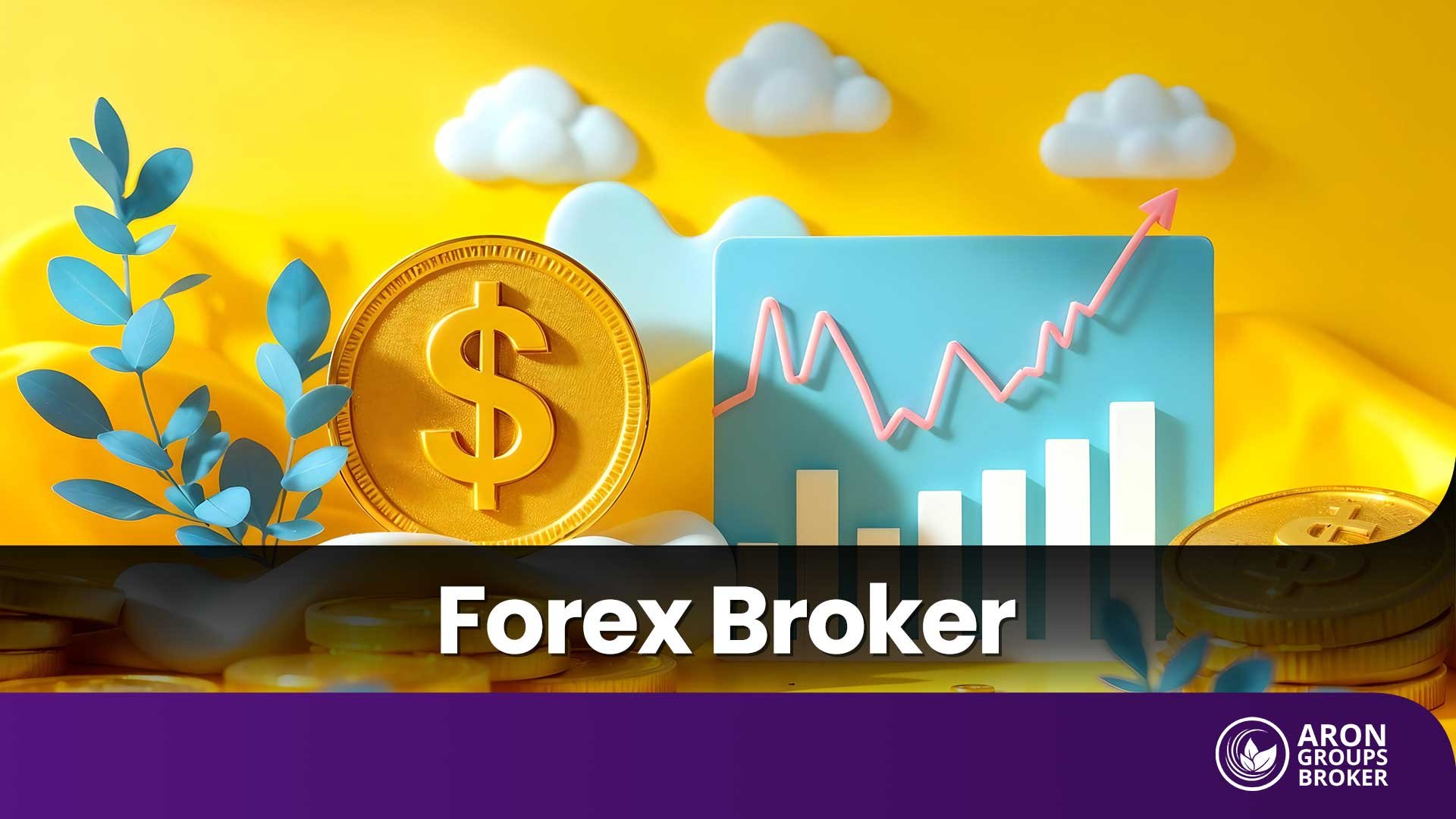London Stock Exchange
London Stock Exchange is one of London’s most popular Market places designed for trading securities. For years, the London Stock Exchange was located near the Bank of England and the Royal Exchange, but in 2004, the London Stock Exchange relocated elsewhere in London. This exchange involves providing global financial infrastructure services and contains different segments.
London Stock Exchange, better known as LSE, is the most important marketplace in Europe and is also considered the main marketplace in Europe. Here at Aron Groups, after discussing NASDAQ, New York Stock Exchange, and Hong Kong Stock Exchange, it is time to look closely at what’s happening in London because by investing in Forex, you have access to a 24/7 hour Market which is available all the time through the diversity of exchanges worldwide.
You cannot trade Forex just using NASDAQ or New York Stock Exchange. It would be best if you tune yourself with different exchanges from all around the world. Read on to learn more about the top Europe exchange located in London
Table of Contents
What is London Stock Exchange?
The LSE is the main Stock Exchange in the United Kingdom and the whole of Europe; it is also the largest Stock Exchange you will find in the whole continent. As previously noted, the London Stock Exchange operates through different segments, including:
Information Services
This sector provides subscriptions and license fees for data and index services.
Post Trade Services-LCH
The segment refers to providing the CCP and clearing Services. This segment takes care of collateral management and net interest earned on cash health for margin and default funds.
Post Trade Services-CC&G and Monte Titoli
The segment is responsible for trade and contracts clearing and managing securities held for margin and custody services.
Capital Markets
Refers to admission fees of listing, capital Rising, and annual security fees.
Technology Services
the segment refers to Information Technology infrastructure, network connection, and server hosting services.
Read more: New York Stock Exchange
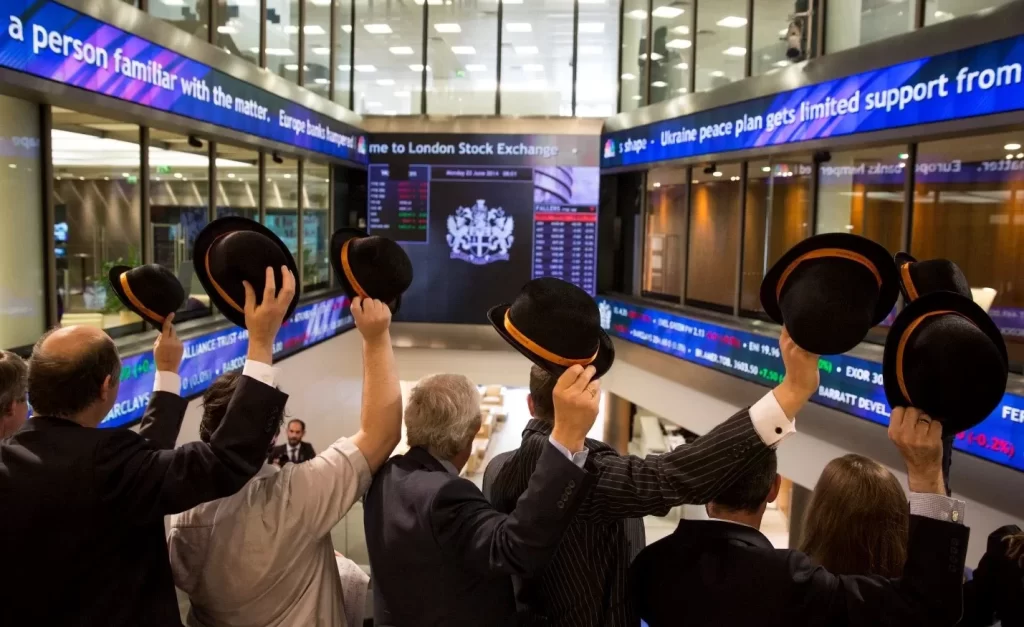
The History of the London Stock Exchange
The market primary was created in 1773, almost 300 years ago; back then, stockbrokers did business in coffeehouses. Finally, in 1801, a group of stock brokers raised capital to construct a building in Capel Court, and soon rules for the exchange were established, which have been altered several times since then. Finally, in 1973, a merger happened between the original exchanges to form the Stock Exchange of Great Britain and Ireland, which changed its name later to the London Stock Exchange.
The London Stock Exchange PLC Became a public limited company in 2001. in 2011 the LSE and the Toronto Stock Exchange (TMX) merged.
Read more: Tokyo Stock Exchange (TSE)
How does the London Stock Exchange work?
Before getting to understand how the London Stock Exchange works, we should mention that the LSE rivals the New York Stock Exchange in many aspects, including market capitalization, trade volume, access to capital, and liquidity.
London and New York have always been in fierce competition, and London, as the largest leading Financial City, has always been popular for being a hop for international trade.
Everything started with John Castaing and his list back in 1698; he created a price list, and called it “The Course of the Exchange and Other Things.” And today, the London Stock Exchange is the primary market in Europe that provides cost-efficient access to the world’s most liquid pools of capital.
There are thousands of companies from more than 60 countries listed on this talk exchange, which makes it the main source of equity market liquidity, benchmark prices, and the main source for market data in the whole of Europe.
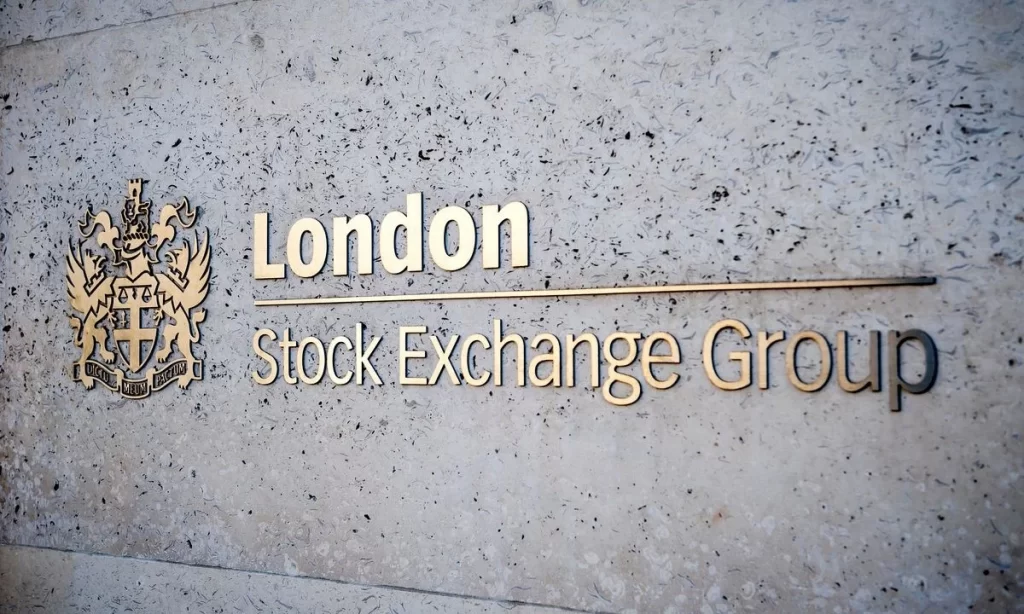
The Big Bang
The Big Bang Happened in 1986 when the UK government assaulted regulating the London Stock Exchange. The Big Bang was a massive change that altered everything in the London Stock Exchange and replaced traditional open outcry trading with electronic trading. The update resulted in a faster and more efficient Exchange. It increased the trading volumes and made the London Stock Exchangecounterpart for other Global exchanges, including New York Stock Exchange.
The Big Bang was a reform program to eliminate over-regulation and create free market competition. In doing so, other changes happened to the financial market, including the elimination of minimum fixed commissions on trades and the elimination of the separation between companies that created the stocks and those that advised investors.
Big Bang was a massive explosion that created tense competition among brokerage companies and resulted in many mergers. At that time, foreign ownership of the UK’s Brokers could operate in the United Kingdom, which opened London’s Market to International Banks.
Read more: Shanghai Stock Exchange
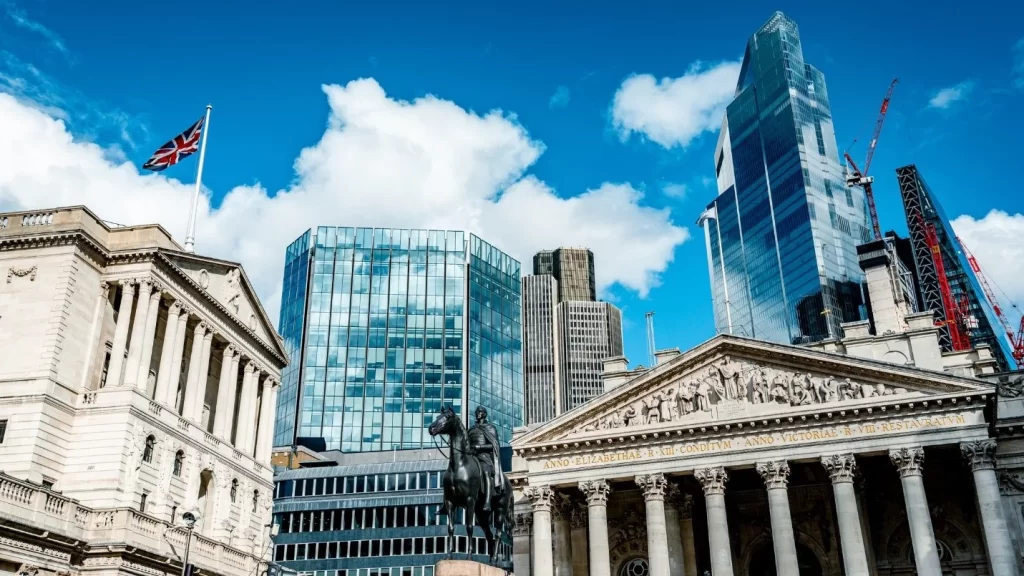
Different segments of London Stock Exchange
In the following, we are going to talk about the different parts of the London Stock Exchange in detail:
The Main Market
If you are looking to trade in the world’s most diverse stock market, you need to get familiar with the Main Market of the London Stock Exchange. Companies are trying their best to be listed on the London Stock Exchanges’ Main Market, which gives them access to real-time pricing and pools of capital. On the other hand, they also benefit from media coverage, research, and announcements. There are 40 different sectors for companies to be listed in this market, but how can a company join the Main Market:
Premium
A premium segment in London Stock Exchange is designed for Equity shares issued by commercial trading companies. The company must meet the UK’s super equivalent rules to be listed in the premium segment.
Standard
The second segment is called the standard segment, designed for Equity shares, Global depository receipts, debt Securities, and derivatives; the company that wants to be listed in this segment must comply with minimum requirements. Companies looking to attract investments from London’s large pool of available capital will use this segment.
Specialist
The Third segment is called the Specialist fund, designed for high-growth businesses which normally Target institutional investors or professionally advised investors. Companies listed in these segments or not eligible to be listed on Premium or Standard listing are looking to raise funds and grow their companies.
Read more: Singapore Exchange (SGX)
Top companies listed on the London Stock Exchange
The largest companies by market cap listed on the London Stock Exchange are as follows:
- AstraZeneca PLC
- Shell PLC
- HSBC Holding PLC
- Unilever PLC
- BP PLC10
Working hours of the LSE
You know that every exchange in different parts of the world has determined opening and closing hours, and the London Stock Market is no exception. London session opens at 8:00 a.m. and closes at 4:00 p.m. It would be best to consider your current location to find the best trading hours and sessions to make a profit.
How to get involved with the London Stock Exchange
To trade in the London Stock Exchange unit broker. So, first, sign up and create your trading account in Aron Groups Broker To ensure your trading with a safe broker providing you with the perfect professional trading platforms and trading tools. Looking for a healthy Market to experience Forex? You have found the perfect broker for yourself, an award winner, a dedicated one with a professional team, solid plans, transparent commissions, and services.
The Aron Broker is easy to use and provides educational material, news, fundamental analysis, and MetaTrader 5 to help you open fruitful positions.
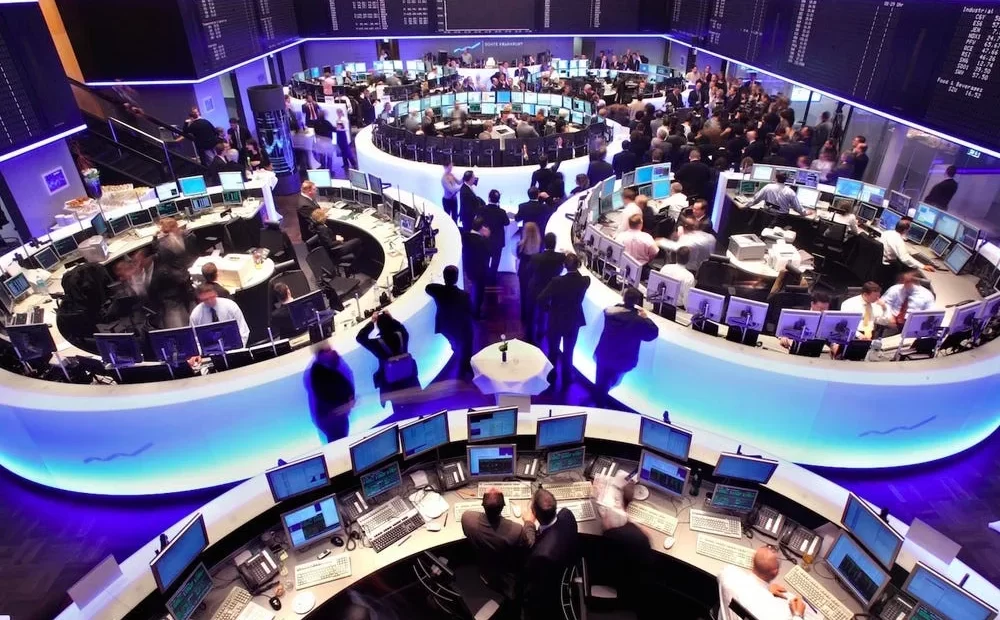
Last but not least
The London Stock Exchange is the primary Stock Exchange in the United Kingdom and is the largest Stock Exchange in Europe which operates as a bridge between Europe and other parts of the world. It has a rich history that goes back to the 1600s, has changed over the years, and established itself as the primary exchange in the area that Rivals New York Stock Exchange perfectly.












